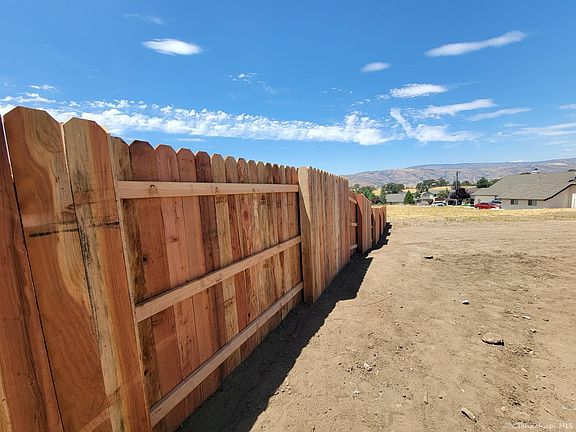

2.3 Mesh Definitionĭue to the complexity of the CAD geometries a volumetric polyhedral mesh has been chosen over a trim mesh. The turbulent velocity scale has been set at 10% of the airflow speed. The k-epsilon model has been applied thanks to its fast predictions of turbulence without affecting the reliability of the results (Aniruddhan Unni, 2017). Flow domains have firstly been developed as suggested by Gnech (2012), but the length of the 2017`s flow domain has been successively increased due to the fact that reverse flow on the outlet has been detected in the first simulation.Ī steady-state flow with constant density air has been selected since the compressibility of the air can be neglected in an open environment. The two bodies have been placed at one third of the flow domain length and at the same ride height (corresponding to the minimum value allowed by 2017 regulations) in order to obtain results not affected by different ground effect. Due to regulations changes, the front wings analysed have different dimensions, particularly the total length of the body has increased from 1400 mm to 1800 mm (FIA, 2004/FIA, 2017) and so two different flow domains have to be designed. The initial conditions on the Velocity Inlet have been set to 101325 Pa for Pressure and 50 m/s or 90 m/s for Velocity in the direction of the Flow-split Outlet. Wall Boundary and no slip conditions are applied on the wings, meaning that the flow velocity is null on the surfaces. For this reason, the analysis has been performed with half of the wings and a flow domain with symmetry boundary condition on one side to reduce computational cost without affecting the accuracy of the outputs (Ahmad, Abo-Serie and Gaylard, 2010). Since yawed flow simulations are not going to be analysed in this paper, a complete symmetry in bodies and flow is present.

The relevance of this topic has been recently proved by Renault F1, collecting experimental data on wing deflection/stresses with a particular rig during 2019 preseason tests. and the process is carried out until a negligible variations of loads and deflections are obtained. In order to analise this effect an iterative approach between CFD and structural FEA is carried out: aero loads obtained from CFD are applied on the structure and displacement are computed, then the deformed structure is studied again with CFD resulting in different loads, FEA is performed with the new loads. Anyway these supports limit the deflection, but can't remove it completely (that would be possible only if an infinite rigid material is used for the whole wing) and this have a non negligible impact on the aerodynamic response. Aerodynamicists exploit this "drawback" as an opportunity to enhance the performance of the wing: the supports aren't designed and placed randomly, they act as turning devices and/or generate vortices that once again energize the boundary layer preventing flow separation.


 0 kommentar(er)
0 kommentar(er)
